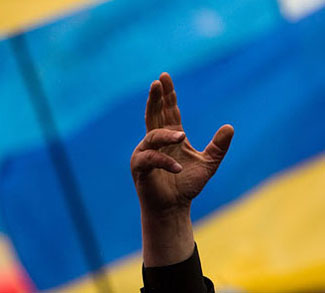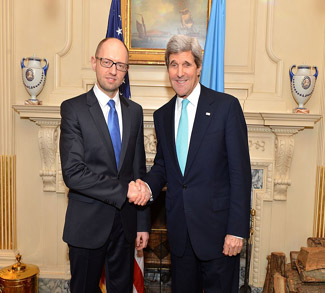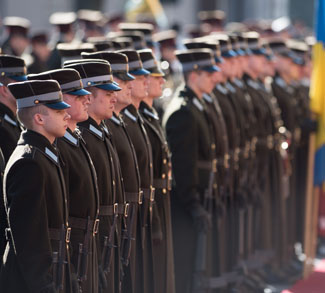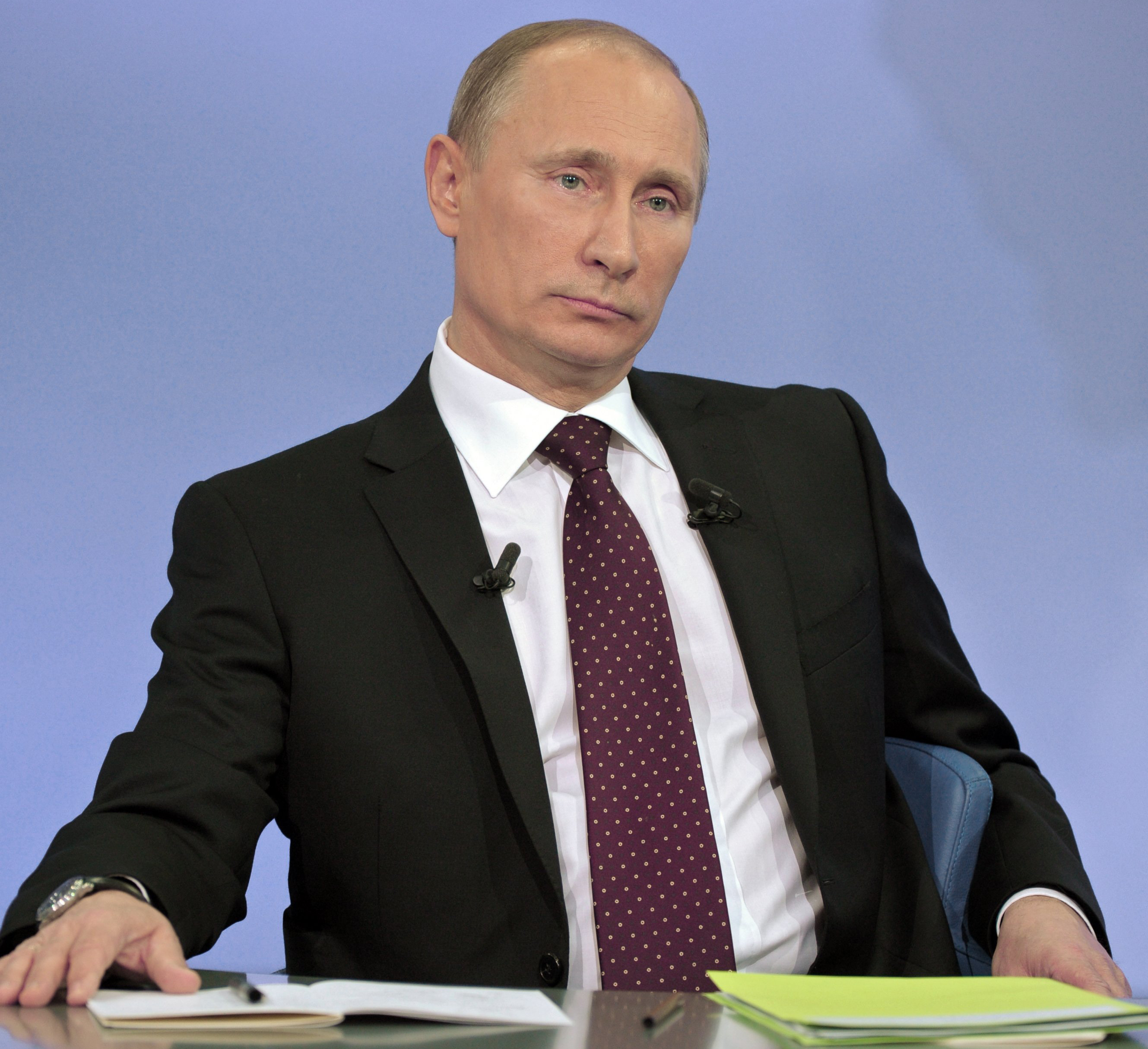Summary
About two years since its eruption, the conflict in the east of the country – between the new central Ukrainian authorities that replaced the Yanukovych regime as a result of the 2014 Maidan revolution, on the hand, and the Russia-backed separatists from the self-declared “republics,” on the other – is still ongoing with little, if any, signs of a possible settlement ahead. Although this conflict is no longer at the stage of a direct war involving large-scale military clashes, the ceasefire that was agreed in 2015 with the conclusion of the Minsk agreements (Minsk II) is proving fragile. Moreover, the last few weeks have seen a notable intensification of ceasefire violations, perhaps to their most serious levels for over a year. Had it not been for that state of constant tensions, the conflict could have easily been branded as being effectively frozen.
Following their failure to implement the Minsk II deal by the end of 2015, as was originally promised, the warring sides have been under growing pressure from western mediators to accelerate the resolution process. That pressure, however, seems to have a limited effect even on the Ukrainian authorities, whereas any outside influence on the rebel “republics” is almost a doomed thing by default as it can only be made through Russians. The problem lies in varying interpretations of how the Minsk II should be implemented. Kyiv insists that security should come before anything else – which, in its view, applies first and foremost to the issue of Donbas local elections. While the Russians clearly stand for the opposite, both Germany and France, along with the U.S., look ready at least to compromise here in order to see the conflict closed as soon as possible.




